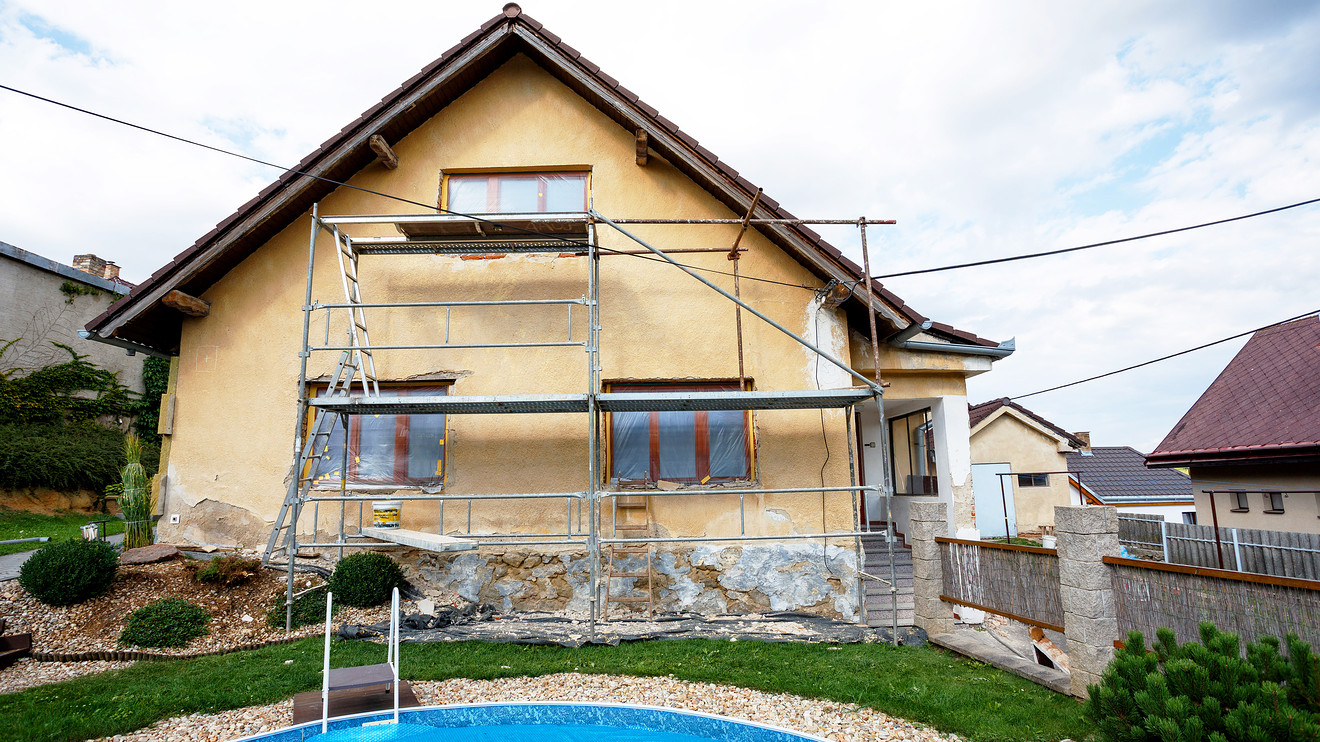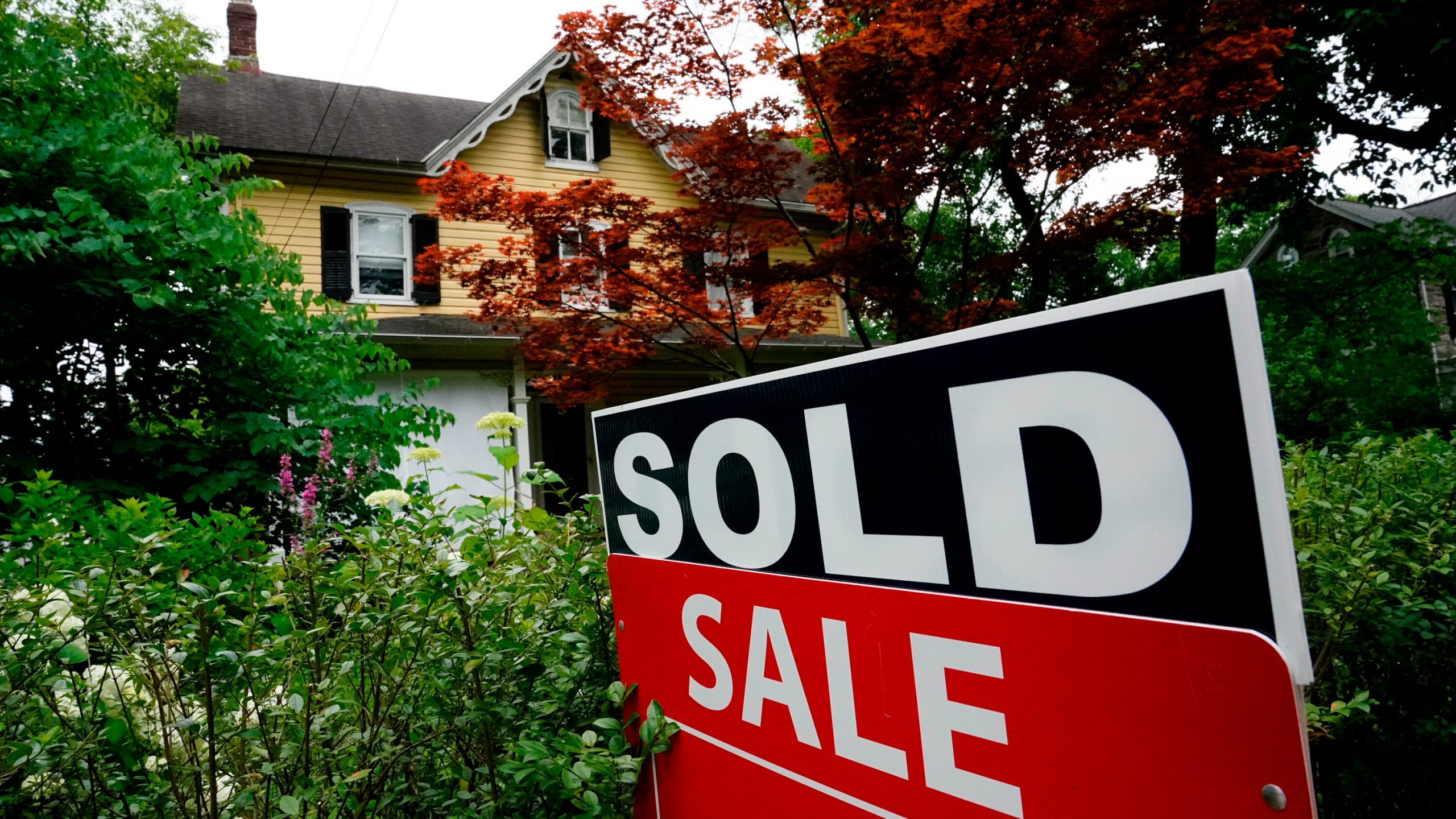Reality shows have made flipping homes quite popular, and there appears to be some merit to it. In fact, the average net profit for house flipping in March 2022 was $30,000. Further, in the second quarter of 2021, the average gross profit made per home flip in the U.S. amounted to $67,000. In the third quarter of 2021, the average return on investment for house flipping was 32.3%, according to ATTOM. Still, achieving success in flipping homes means understanding some key features of the practice.
Find a Suitable Real Estate Market
Even if you buy a reasonably priced home and stay within your renovation budget, that doesn’t mean you’re going to sell for a big profit. Studies show a wide disparity in the profits home flippers earned in different regions. Be sure to take a magnifying glass to home sales and house flipping profits in your location. Maybe you just need to venture an hour or so out of your zone to find a more profitable place to flip a house in.
In addition, you should pay close attention to the neighbourhood you invest in. What’s the income level and what’s the school district like? How about the crime rate? You can radically boost a dirt-cheap home, but it won’t sell as easily if it sits in a neighbourhood with a recent spate of burglaries.
Instead, you’re going to want to invest in places with high employment numbers, low crime rates and other signs that the neighbourhood is thriving or quickly making its way up. Ultimately, you want to find an area that combines safety and economic growth with the potential for a profitable house flip.

Create a Budget for Your House Flip
Once you have a sense of your target neighbourhood and going prices for houses in it, it’s time to set up a house flipping budget. First, you need to know what you can reasonably pay for a new home.
Buying with all cash is the simplest route for home flippers. It cuts out the mortgage application and approval process, as well as makes your offer more attractive to sellers. Plus, you won’t need to make ongoing interest payments for the property as the renovations are underway.
Once you nail down the amount you’ll need for the actual house, you should explore the costs of potential projects. Many people drop the ball here by failing to take the housing market into account. For example, if neighbourhood prices top out at, say, $100,000, and you pay $50,000 for the house alone, a $35,000 kitchen upgrade is going to eat into your net profit in a serious way. In this instance, you might want to limit the kitchen remodelling to $15,000.
When calculating how much you think you can get for a house, aim for the lower end of comparable sales prices. This will give you more wiggle, should your renovations go over budget.
Costs and Risks of Flipping Houses
Home flipping has been popularized by major networks like HGTV, but 30-minute recaps of only successful projects fail to capture the real costs of flipping homes. You want to take care that you don’t overextend yourself. Also, you don’t want to make the rookie mistake of thinking you’ll save money by doing a lot of the work yourself, so you spend more on materials. If you’ve never retiled a bathroom before, it may take you longer than a professional would take, and time is money when you’re paying interest for your financing. In the end, it may have been cheaper to hire a professional from the get-go, especially if you have to ask one to redo your work.
Of course, you can do light cosmetic upgrades like painting and stripping woodwork. But leave projects involving plumbing, electrical and structural changes to the professionals. That said, don’t just go for the cheapest labor. This is a big investment you’re making and you’re going to need the right talent. So make a thorough search for contractors and read online reviews. And ask your friends and family for any recommendations.
You should factor in the size of the home as well. After all, a renovation on a large home will cost more than the same project in a smaller one by virtue of it requiring more materials. It’ll also take more time, which, as mentioned earlier, is valuable if you borrowed money for this investment.

Selling the Home You’re Flipping
While you’re likely fine buying the house alone, you’ll definitely need a professional to help you sell it. If you don’t have a realtor already, aim to interview a few. You want someone who can give you a thorough analysis of an after-repair value for the home. You also want someone with a great track record of selling properties in your area for top dollar. Finally, only sign on with someone you like and trust.
The Bottom Line
Flipping houses can be a lucrative business venture if you do it right. But you can run into several pitfalls along the way. To avoid issues, be sure to research different real estate markets and find a thriving neighborhood where you can find a low-cost home that you can reasonably sell for a profit. You should also stick to a budget and keep things small if you’re a beginner.
Without a doubt, you should always develop a house flipping budget that’s realistic and covers everything. These should include the purchase price of the home, financing for any loans, labor, materials and professional fees. Try to keep costs down while you renovate, and work with a realtor or financial advisor for professional guidance.
